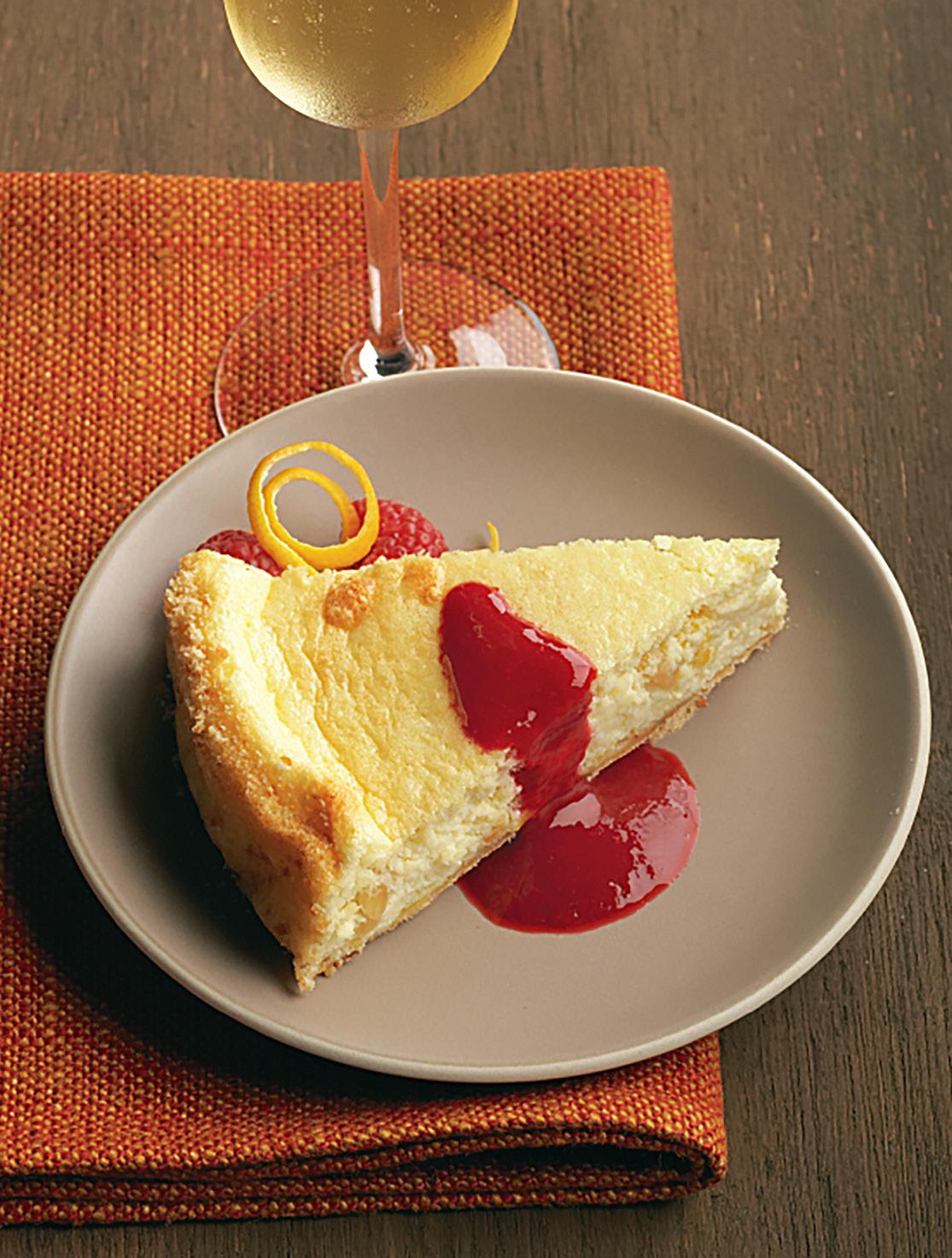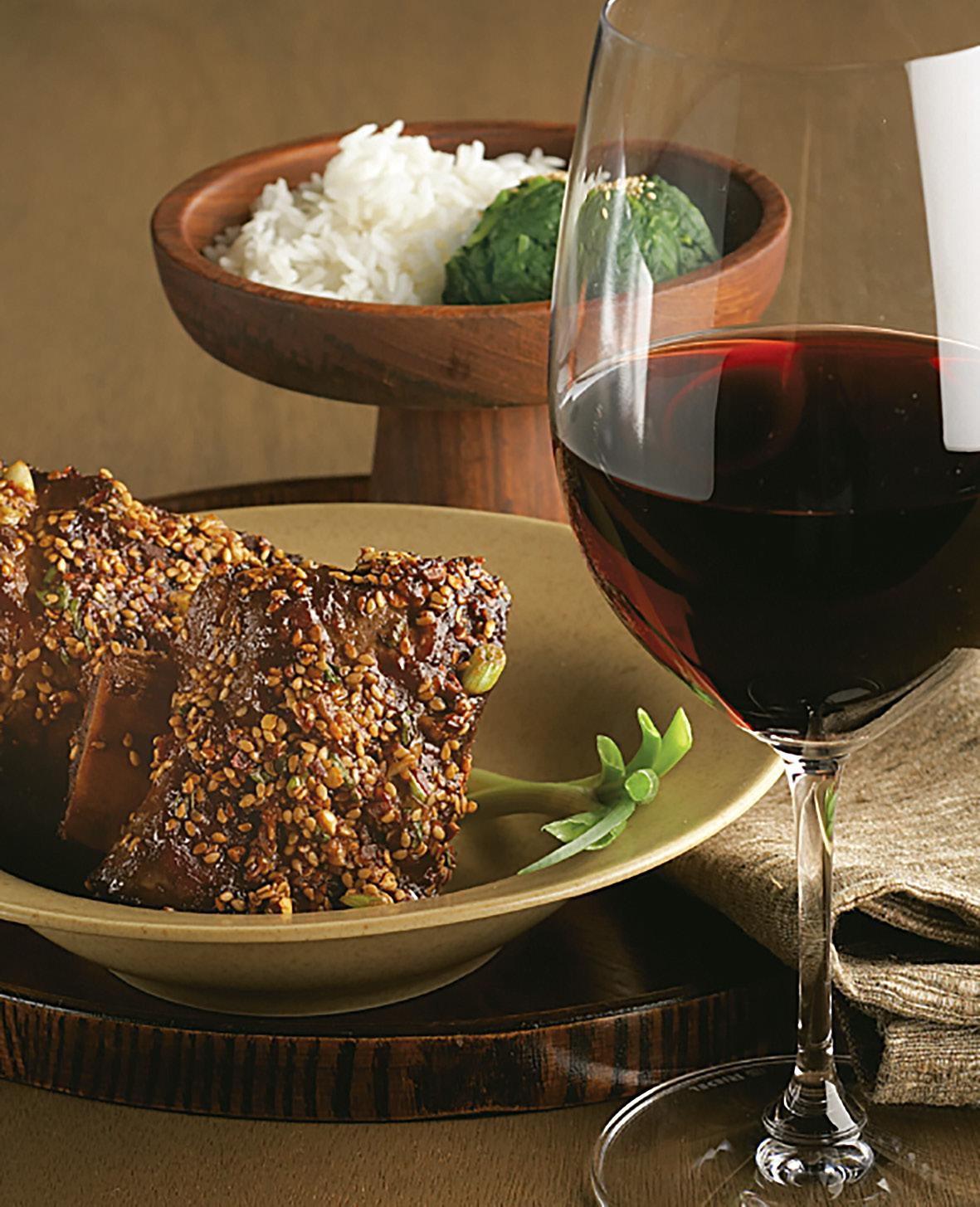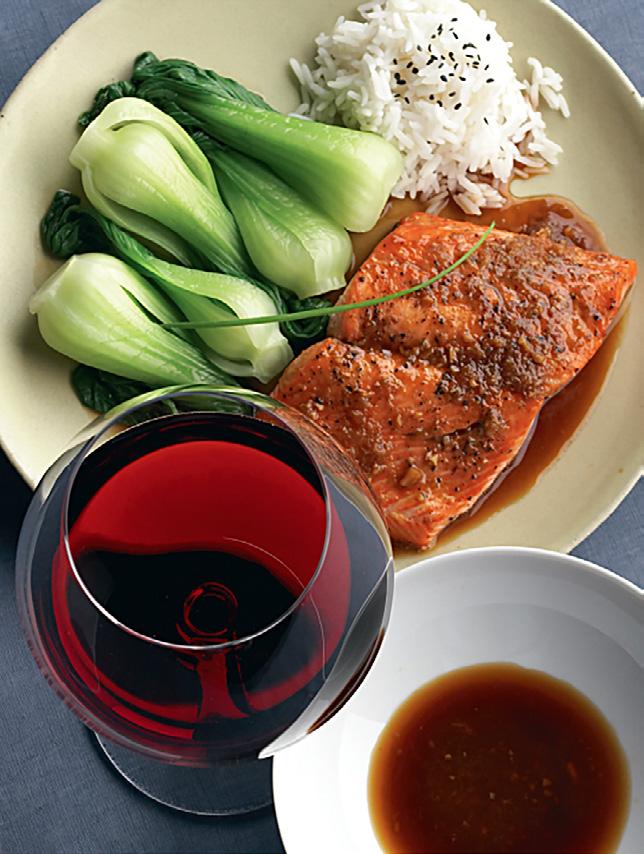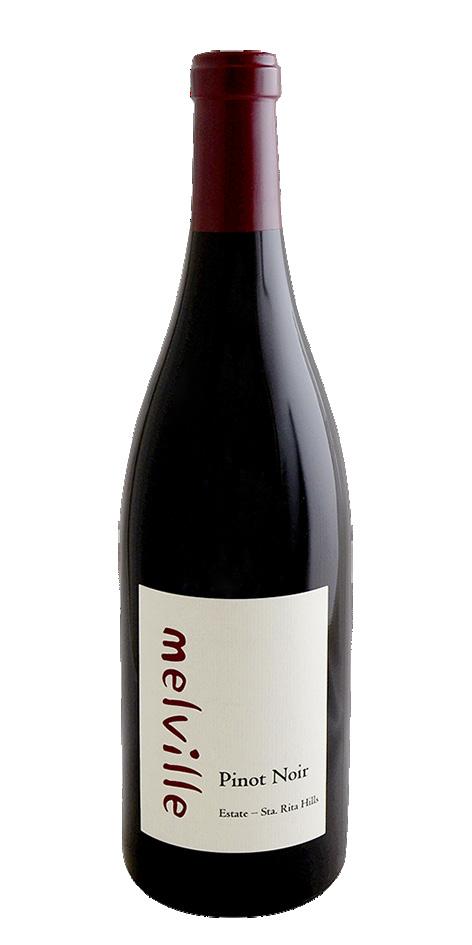
13 minute read
ASI Mag #7: Language of food & wine pairing
The Language of Food & Wine Pairing

An Interview with Evan Goldstein, Master Sommelier
Master Sommelier Evan Goldstein says of himself he speaks “trilingual times 3:” He “speaks” three languages – wine, food, and wine-and-food pairings – and can do so in three languages to boot – French, Portuguese, and English.

Goldstein is an author, educator, and one of only a few hundred Master Sommeliers in the world. He is also a founding Board Member of BUSA – the Best USA Sommelier Association – co-owner of two wine companies, Full Circle Wine Solutions and Master the World™, in addition to being the first Master Sommelier employed with a North American major league sports team, the San Francisco Giants of Major League Baseball.
While now a noted sommelier he began his hospitality career in the kitchen, working at prestigious restaurants in the San Francisco area before moving to the floor, working as sommelier with Chef Joy Goldstein, who also happens to be his mom, at the celebrated Square One. He and his mother would later also partner on the book Wine and Food Pairing and Perfect Pairings Practical Advice for Partnering Wine with Food (University of California Press).
Evan Goldstein
with Evan Goldstein, Master Sommelier
ASI: How important is it for a sommelier to be able to pair food and wine?
Evan Goldstein (EG): The answer is not as obvious as the question might imply. The basic reality is for most people when enjoying wine at restaurants it is part of the great orchestration called a meal. I’ve always believed wine makes food taste better and vice-versa. Certainly, there are times when you can enjoy either in a vacuum, but more often we enjoy them together. As such being an intermediary between the guests dining with you and the kitchen, your job as sommelier is to ensure that things work well together.
Having sommeliers is important as chefs, by in large (and I do know many chefs that know a lot about wine), don’t have formal wine training, or if they did, it was a couple days of classes early in their school career. Conversely, there are some sommeliers that are too absorbed only on the wine side.
The best sommeliers can be equally conversant in both elements. They may not be chefs themselves, but they understand what food is and how it is prepared. They also know wine is not all created equally, and there are certain characteristics, attributes of wine, that are magnets to certain genres of food and your job as a sommelier is to be orchestrater of all this. When it is done well there is nothing more outstanding from an overall dining experience than to have great wines with great cuisine and everything is running on all cylinders. Conversely nothing is worse than getting the opposite experience because someone didn’t know what was going on with respect to food and wine.
ASI:When you, and other sommeliers, are recommending food and wine pairing do you believe in absolutes or is there
more than one correct answer to any food, wine pairings situation?

EG: I believe in guidelines not rules, as all of our, and our guest’s palates are different. As such we don’t measure certain core attributes (sourness, heat, sweetness etc.) the same way, so it is therefore impossible for absolutes. There are certain things we can warn people about. If you have a very dry wine with sweet food, for example, we will all have a similarly adverse reaction. If you have a piece of fish, full of fish oil, with a super tannic red wine we’ll all have the same (unpleasant) reaction.
Bar those extremes, most everything is a guideline. I like to try and share characteristics and qualities and articulate what
Fortified Dessert Wine with Hazelnut Torte with Coffee Buttercream
is likely to happen and not be so prescriptive, but that said, I also don’t believe in preaching anarchy. I think we underestimate the average person’s common sense. Our job is to help steer them into the right lane and give them some validation and permission.
ASI: How would you describe your methodology when it comes to food and wine pairing? Is it very analytic, scientific in process or do you place more emphasis on other intangible factors?
EG: Honestly, as sommeliers, we should take both a scientific and cultural approach. It is easy to take it over the top and overthink and dissect it scientifically. I do believe in the adage “what grows together goes together.” People enjoy
these pairings rooted in cultural traditions. By the same token, there are certain fundamental building blocks, with respect to food and wine pairing. It is important for sommeliers to understand core elements and core attributes and what they mean. This will allow them to know why food and wine pairings can go in different directions. The sommelier should then give their customer the information to go on the path of food and wine discovery and decide which way they want to follow, avoiding being overly prescriptive, but also respecting there are these guidelines. As an aside, taking food and wine pairing to the ‘nth degree’ can also scare customers off and take the joy out of it. Food and wine should be joyful.

ASI: In 2010 François Chartier released “Taste Buds and Molecules” which places emphasis on finding flavour bridges via the organic compounds found in both wine and food. Does this level of depth of analysis of the flavour compounds of food and wine play into your pairing thought process? Do you focus more on structure or is there another guiding factor?
EG: I know Chartier well. I think it is amazing the way he thinks about things, but I also worry that the average Joe and Mary diner might find this approach scary and make them think deeper than they want to. I have tried a lot of the pairings that he, (Chartier) puts out there and they do intrinsically work very well. Part of that is the radical nature of what he does which fits in line with the molecular gastronomy, deconstruction movement.
While I don’t systematically subscribe to this very molecular approach, I also do believe in flavour layering. I really enjoy how Niki Segnit (The Flavour Thesarus and Lateral Cooking, Bloomsbury Publishing) approaches bringing flavours together. She does not link flavours via chemistry, or pure science, but she simply shows how certain flavours go together.
Sparking Dessert Wine with Lemony Ricotta Soufflé Cake with Raspberry Sauce
with Evan Goldstein, Master Sommelier
That said, I don’t get caught up in it (flavour bridges) although I will admit in certain genres of food, specifically molecular gastronomy, Chartier’s approach is more critical and makes sense… I am a believer in the basic structure of taste, sweetness, sourness, saltiness, bitterness of food and wine and how they relate to each other. I don’t believe hook, line, and sinker in umani, but we can discuss that more another time. I also believe texture and heat is important, literal temperature and Scoville heat units. Understanding those basic structural elements and the way they interact together is also an approach I think most guests can understand, so I tend to stay away from those higher planes.
ASI: If our roles as sommeliers is about curating experience, how does emotion and situation play into food and wine pairing?
EG: Honestly, I think 90 per cent of guests’ experience relates back to the event, who they were dining with, what the occasion was, how much the sommelier played into that or how much even the sommelier knew to step back. I think my own most powerful food and wine experiences, were often unexpected and unforced. The people behind the curtain, so to speak, knew when to step back and just let it ‘rock n’ roll’. I think that is an enormous talent. I guarantee if you sit around the table and ask what everyone’s best food and wine experiences were, the answers generally are very eclectic and rarely involved a vertical of Lafite, for example.
ASI: When you are having food and wine at home. Is it wine first or food first?
EG: Very often being a former chef, it is starting with food and specifically I am going to my local market and starting with the produce section, looking at what is seasonal. I build my meal around that and then the wine around that.
ASI: If you could pick any sommelier from anywhere in the world to do a degustation menu with wine pairings, who would it be?
EG: Hard question. I am going to counter what I said before and say my good friend in Barcelona, Ferran Centelles, the former sommelier and wine director at El Bulli. A bit of irony as there he dealt only with molecular gastronomy. That said, he is incredibly charming, and very unintimidating, but because he has traveled so much and knows so much about food and drink, I would feel incredibly comfortable having him not only select the wines but all the other beverages. He knows so much about cider, sake, and spirits and because he worked in such a challenging environment, he really had to work harder than everyone else when it comes to food and drink pairing.
ASI: If there was one chef and restaurant in the world, you would want to be the sommelier doing the pairings which would it be?
EG: I don’t even know where he is now, but I would say Chef George Morrone. George got his start at the Fifth Floor in San Francisco. He is the only chef I have ever known, outside perhaps the late, great, Charlie Trotter and my mom, that really understood food and really understood wine and the way they go together. I can’t think of any other chef that took as many restaurants from no Michelin stars to a Michelin star or a four-star rating to a five-star rating. I would love to work with him.
ASI: What is the toughest ingredient or dish to pair with wine?
EG: Ammonia, as found in really ripe cheese. When cheeses get very ripe and hit a level of ammonia, they can be incredibly pungent,

Syrah with Korean Short Ribs
Evan Goldstein, Master Sommelier
which can be part of their charm, but makes them incredibly difficult to pair with wine. I am fearful of that. Give me fermented foods, artichokes, or asparagus. They are all child’s play in comparison.
ASI: What is the best food and wine pairing of your life?

EG: My best experiences were in France. One was at the 3-star Michelin Maison Pic in Valence dining with the late great Gerard Jaboulet. Having never been to a 3-star Michelin restaurant before, it was a revelation to know that a ‘3-star’ could be at once crisp yet still have a sense of local rusticity. The people understood the food and wine there and delivered it with so much care. It was also my first time encountering a cheese sommelier. Secondly dining at Domaines Les Crayeres in Reims with George Poirier. He introduced me to new Champagne and food combinations that I would have never thought about.
ASI: What is the worst food and wine combination you’ve tried?
EG: I won’t name anyone, but I will say I have had a couple train wrecks from people trying to be shock jocks of cuisine in the kitchen and at the table, trying to match extremes of acid and extremes of sugar, for example. I walk out going what were they thinking?
ASI: What is your favourite beverage other than wine to pair with food and why?
EG: I like cider a lot including the off-dry styles from France and funkier dry versions from Spain. I also love sake, which currently I just have enough knowledge of to be dangerous. I like certain spirits, specifically Scotch whisky, as I like them in combination with certain cheeses and first courses. Of course, beer with cheese and genres of spicier foods is amazing. Admittedly I am not a fan of cocktail and food pairing.
Evan’s Tasting Notes

Appearance: Light, translucent, light ruby core with slightly pink rim
Nose: The nose is complex with tart red fruit such as raspberry, pomegranate and cherry. There are some floral elements, reminiscent of jasmine, a touch of inorganic earth and a saline character. The oak on the nose is minimal.
Palate: Immediately an herbal, nori, kelp-like character comes through along with some shrill red fruit which is just on the edge or ripeness. The wine is dry, and the acid is medium plus, almost high. Even though the alcohol says 14 percent on the label, I think really believe it is more likely about 13.5 per cent. The tannins are fine. The finish is long. This is a very good wine that needs a couple years to fully unravel.
The Pairing: Roast Quail with Farro, Pomegranates and Wilted Greens
I chose this wine because it has elevated acidity, I know it is going to cut through heat, cut through salt, cut through richness, fat. As this wine is not super okay, I don’t have to worry about the oak dominating the wine. I note because the tannins here are present, but super fine, I have some flexibility in terms of protein because I don’t have to worry about counterbalancing the tannins, which means I can serve this wine with fish, shellfish, or poultry. Since there is no sugar, I want to minimise any sweetness in the dish, and I want no sweet sauces such as a glaze or reduction. My recommendation is a lightly roasted quail, that has been seasoned with some light herbs, accompanied by a side of farro tossed with pomegranate seeds and finished with some light, not too bitter or powerful, wilted greens with roasted garlic and a light drizzle of aged balsamic vinegar.
2021 Melville Estate Pinot Noir, Sta. Rita Hills, California
Pinot Noir with Salmon with Soy, Ginger, and Sake
with Evan Goldstein, Master Sommelier



